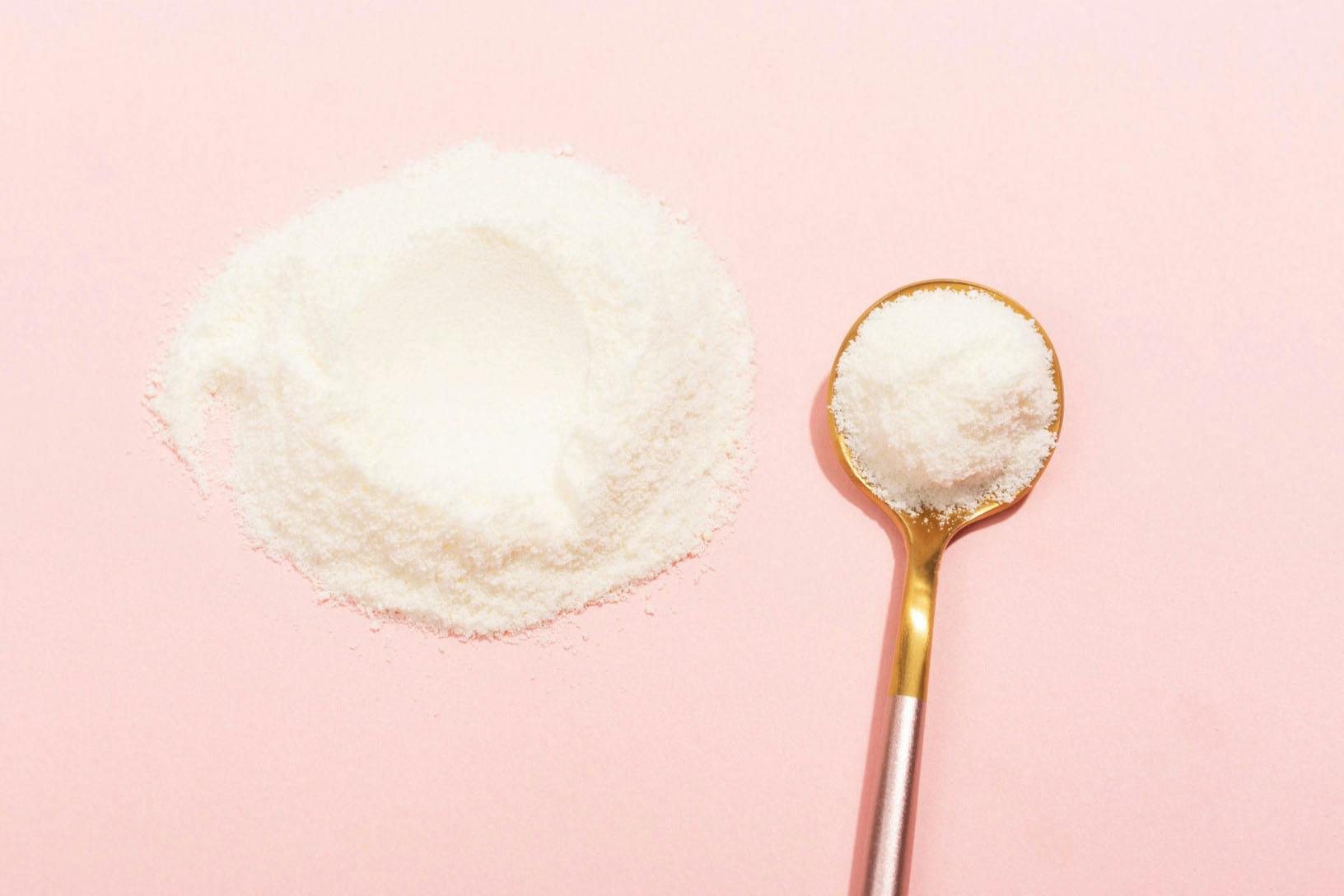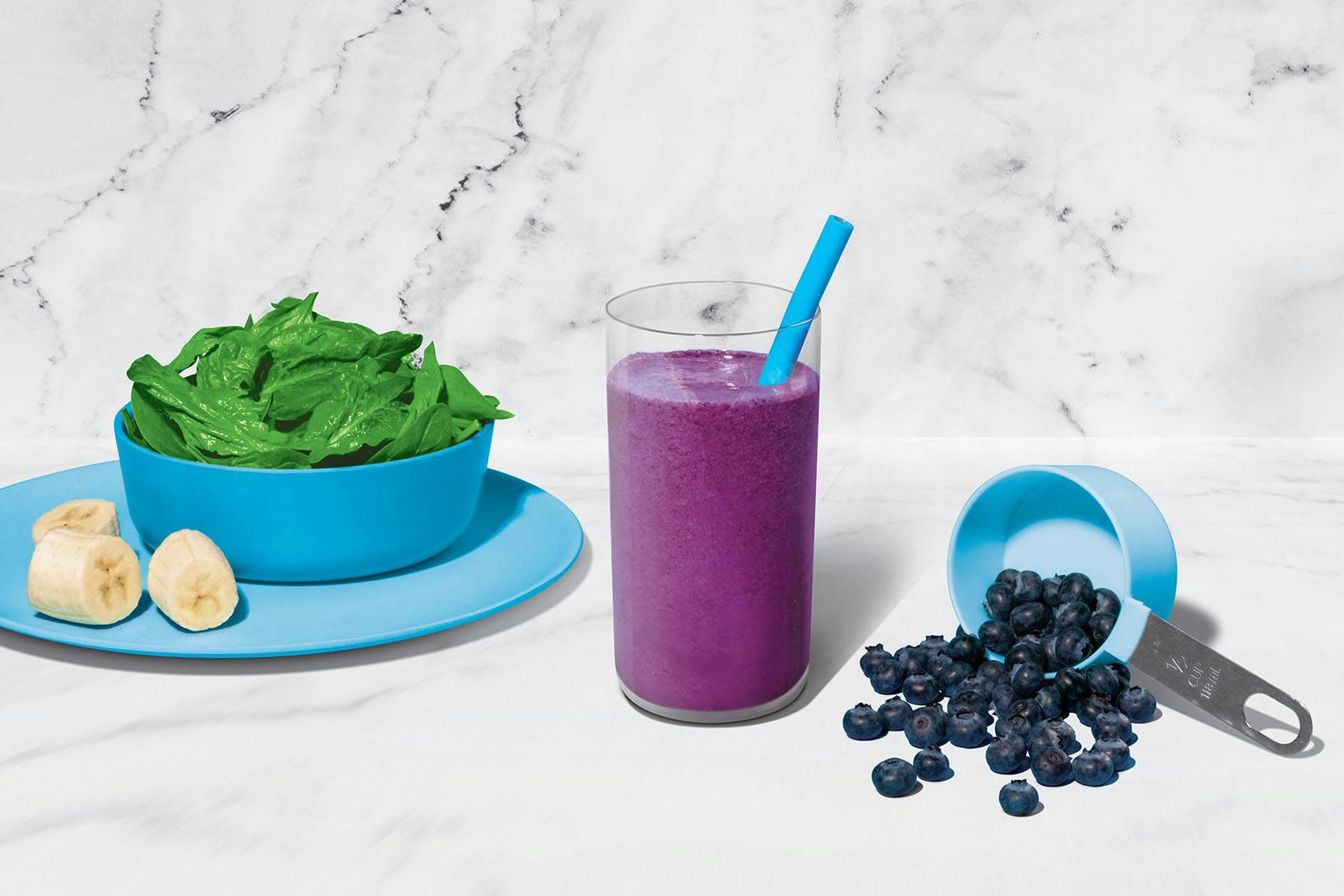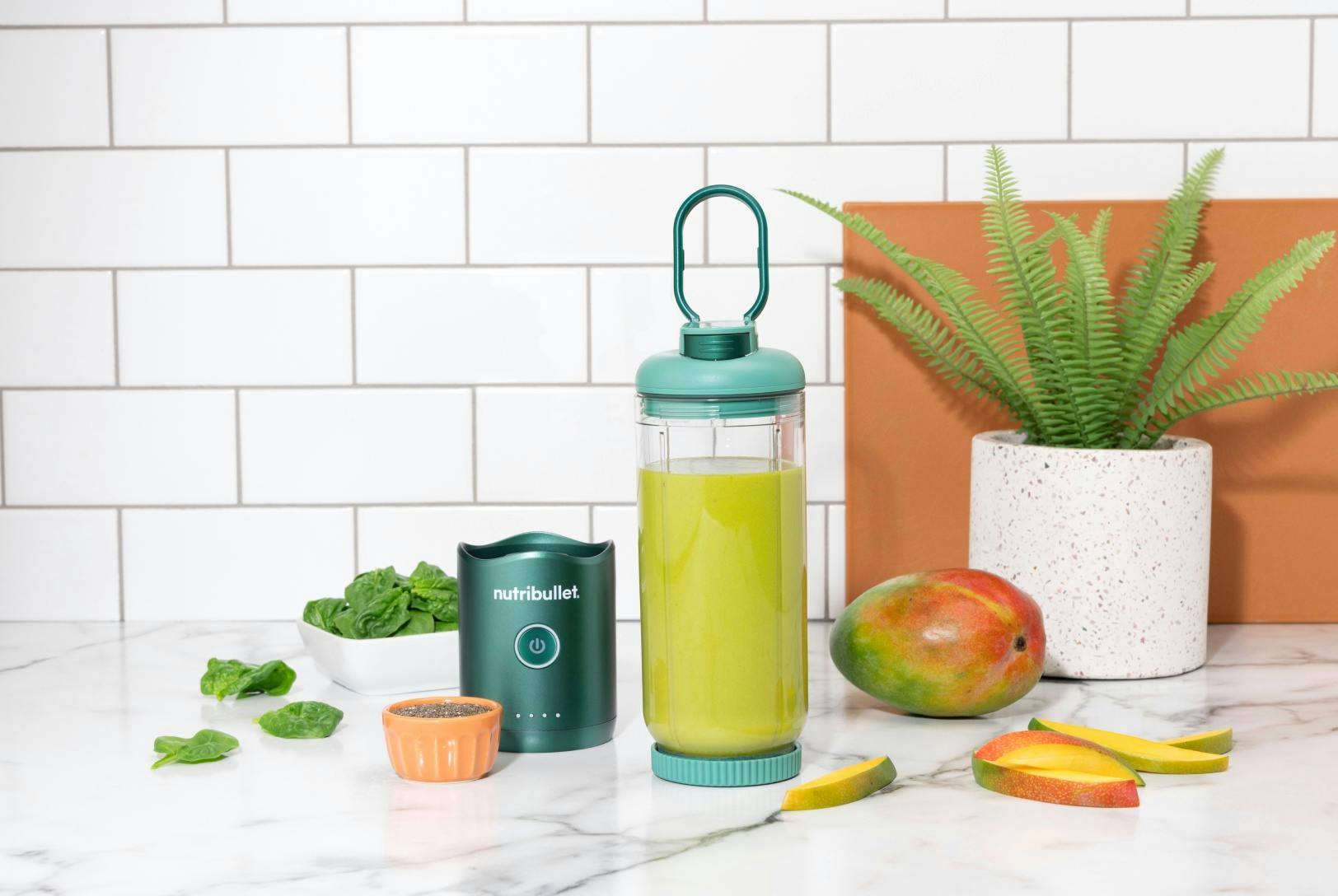FREE shipping on US orders over $45!
Your cart is empty!
FREE 1-year warranty on all blenders and juicers
More to Consider







Taxes and discounts calculated at checkout.

McKenzie Jones
June 20, 2019
McKenzie Jones
McKenzie is Registered Dietitian Nutritionist for nutribullet who aims to make the world a healthier, happier place. She believes that living a healthy lifestyle and eating for your health isn't meant to be complicated -- it's meant to be simple, enjoyable, and judgment-free (with room for dessert). When she’s not dishing out nutrition tidbits, you can find McKenzie visiting her local farmers market, hiking her favorite trails with her husband, and chasing after her daughters.
Of all the questions I’m asked as a registered dietitian nutritionist, questions surrounding protein are near the top of the list. Considering that protein plays such a large role in our internal bodily processes and provides the building blocks for muscle, skin, hair, bones, and organs, it’s understandable why there’s such a health halo surrounding it. According to the 2018 Food & Health Survey from the International Food Information Council Foundation, protein is perceived as the most beneficial food or nutrient concerning health issues – even more so than vegetables!
Even though meeting our daily needs is relatively easy for most, our nation seems to have an overwhelming interest surrounding how to power up with more. The Recommended Dietary Allowance (RDA) for protein is 0.8 g/kg of body weight per day for sedentary individuals, which is designed to maintain nitrogen balance in the body for the average adult; a negative nitrogen balance would mean that the muscle is being broken down. However, it’s important to keep in mind that “adequate” does not equal “optimal.” Protein needs increase alongside increased physical activity – and new studies estimate that we may need more protein than we originally thought to help preserve lean muscle mass and support healthy aging.
Studies have also shown that distributing protein intake out throughout the day is key for muscle building. Important times throughout the day to pump up the protein include (1) post-exercise, when muscles are most sensitive to nutrient intake, and (2) breakfast, primarily because typical American breakfast foods just don’t contain a lot of it – think: pastries, toast, cereal, and fruit. As a general rule of thumb, include a high-quality protein source in each meal or snack.
While I consider myself to be a “food first” advocate –meaning I usually recommend people opt for whole food protein sources such as Greek yogurt, cottage cheese, almonds, salmon, soy milk, edamame, flax seeds, lentils, or peanut butter first – I also recognize that protein powders can be a great option for helping to meet nutrient needs.
With so many options available (whey, egg white, soy, brown rice, pea), it can be hard to know which protein powder to choose. Here are the basics on what to look for when shopping for a protein powder.
Below are three protein-powerhouse smoothies that highlight a combination of whole food proteins.

Is there such a thing as a perfect smoothie? This sweet medley certainly makes a strong case. With a classic combination of blueberries, banana, and spinach, this superstar smoothie provides a powerful nutrient boost!

Consider this blend the little black dress of nutribullet smoothies: it never goes out of style. To help keep your energy stable throughout the day, aim to balance your meals and snacks with high-quality protein, healthy fats, and fiber-filled carbs – like this combo of Greek yogurt, peanut butter, fruit, and veggies. There’s a reason this one is always on-trend.

Start your day on a high note with this nutritiously cheerful blend of greens, mango, banana, and chia seeds.